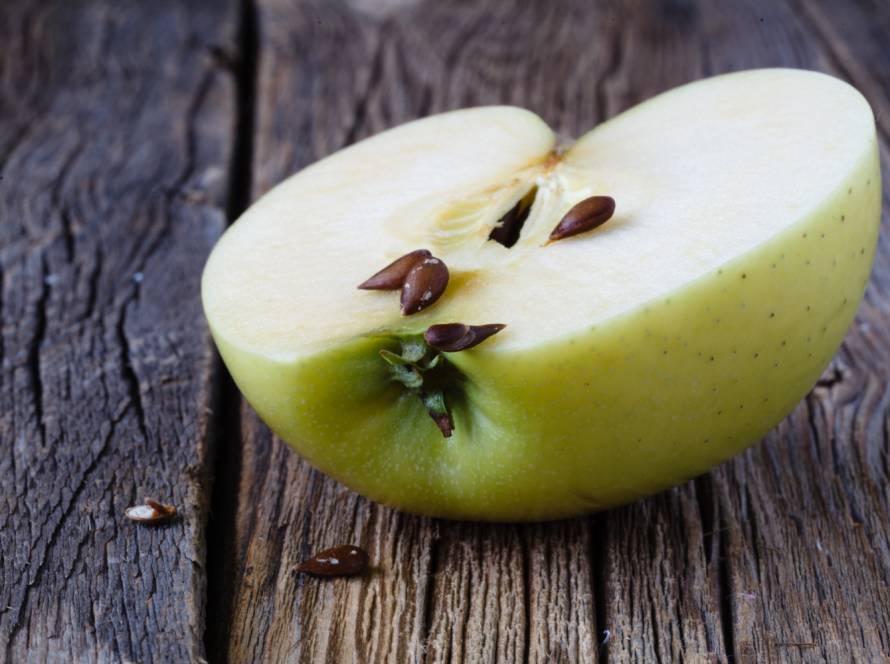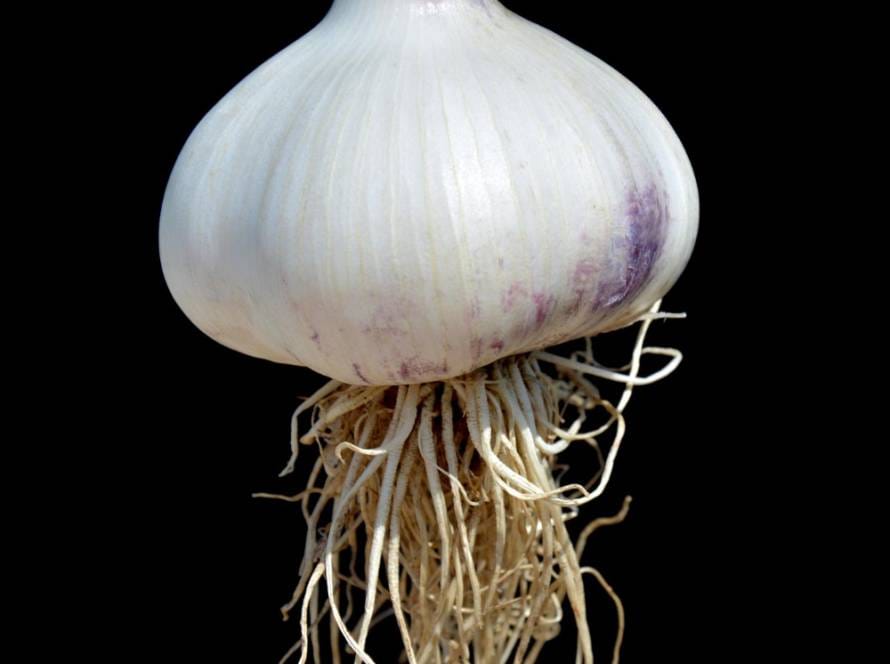How to Grow Mango from Seed: The Easy Guide
There’s something pretty special about growing a mango tree from seed. You eat a juicy mango, save the seed, pop it in the ground and wait for a mango tree. Now, it’s not quite as instant as that (wouldn’t that be nice?), but if you follow the right steps, you’ll be well on your way to growing a tree that’ll reward you with delicious fruit for years to come.
Mango Trees: An Aussie Backyard Classic
If you live somewhere warm—Queensland, Northern NSW, or WA—you’ve probably seen mango trees thriving in backyards, and parks, and even growing wild on the side of the road. Mangoes (Mangifera indica) love the heat, and they’re pretty hardy once they get going. Even if you’re in a cooler spot, you can still grow one in a pot and bring it inside when the weather turns chilly.
Not only do mango trees give you juicy, sun-ripened fruit, but they also make cracking shade trees—perfect for those blistering summer days when you need a cool place to chill out.
Step 1: Choosing the Right Mango Seed
If you want to grow a good mango tree, you need a good seed. The easiest way to get one? Eat a mango you love and save the seed!
Picking a Top-Notch Seed:
- Choose a ripe, juicy mango—the tastier the fruit, the better your future tree.
- After enjoying the mango (arguably the best part), clean off the pulp.
- Let the seed dry out for a day so it’s easier to handle.
- Avoid seeds from store-bought mangoes that might have been treated to prevent sprouting.
Step 2: Prepping the Seed for Planting
Mango seeds have a tough outer husk, and cracking that open gives your tree the best start.
- Let the seed dry for about a day to make it easier to work with.
- Use scissors or a knife (carefully!) to cut open the husk and reveal the inner seed—it looks like a big bean.
- Check that the seed is firm and fresh, if it looks shrivelled or mouldy, I highly recommend finding another seed.
Step 3: Getting Your Mango Seed to Sprout
Mango seeds need warmth and moisture to get going. You can plant them straight into soil, or if you’re feeling fancy, you can try the paper towel method.
The Paper Towel Trick:
- Wrap the seed in a damp paper towel.
- Pop it in a ziplock bag or container.
- Keep it in a warm spot (25-30°C is perfect).
- Check every few days—within a week or two, you should see a little root popping out.
Planting Directly in Soil:
- Fill a pot with well-drained soil (a mix of potting mix and sand works wonders).
- Bury the seed about 2-3cm deep, with the curved side facing up.
- Water it lightly—don’t drown it!
- Keep it somewhere warm and sunny.
Step 4: Moving Your Mango Seedling to Its Forever Home
Once your seedling is about 10-15cm tall, it’s ready for a bigger pot or to go straight into the ground.
Finding the Perfect Spot:
- Mango trees love full sun—6+ hours a day is ideal.
- Give them space to grow—at least 5m away from other trees and buildings.
- Well-draining soil is key. If your soil is heavy clay, mix in compost and sand to improve drainage.
How to Transplant:
- Dig a hole twice as wide as the root ball.
- Place the seedling in, covering the roots with soil.
- Water well and mulch around the base to keep the soil moist.
Step 5: Caring for Your Mango Tree
Mango trees are fairly low-maintenance once they’re settled, but here’s how to keep them happy:
Watering:
- Water regularly when young (2-3 times per week).
- Once established, they handle dry conditions well but fruit better with deep watering now and then.
Feeding:
- Use a balanced fertilizer (NPK 10-10-10) every few months.
- Compost and manure give extra nutrients and keep the soil healthy.
Pruning:
- Trim weak or crowded branches to encourage strong growth.
- Remove any suckers from the base.
Step 6: When Will You Get Mangoes?
This is where patience comes in. Growing mangoes from seed takes time—usually 5-8 years before your tree will fruit. But when it does? Worth the wait.
To help things along:
- Make sure your tree gets plenty of sunlight.
- Keep it well-fed and watered.
- Prune lightly to promote airflow and strong branches.
Troubleshooting: Common Mango-Growing Hiccups
Yellowing Leaves?
- Might be too much water—let the soil dry out a little.
- Check for pests like aphids or scale insects.
No Fruit?
- Young trees take time—be patient!
- Planting multiple mango trees can improve pollination.
Fungal Problems?
- Avoid overhead watering.
- Prune to improve airflow and apply a copper-based fungicide if needed.
Final Thoughts: Why Growing a Mango Tree is a Cracker Idea
There’s something incredibly satisfying about growing a mango tree from scratch. It’s not just about the free fruit—it’s about the journey. From that first tiny sprout to a big, leafy tree packed with mangoes, you’ll have a lifelong connection to something you nurtured. Plus, it’s a great excuse to get outside, get your hands dirty, and enjoy a bit of nature.
So, what are you waiting for? Give it a go—your future self (and your taste buds) will thank you.
Want seeds that thrive in Aussie conditions? Check out Seeds Australia and get started!



